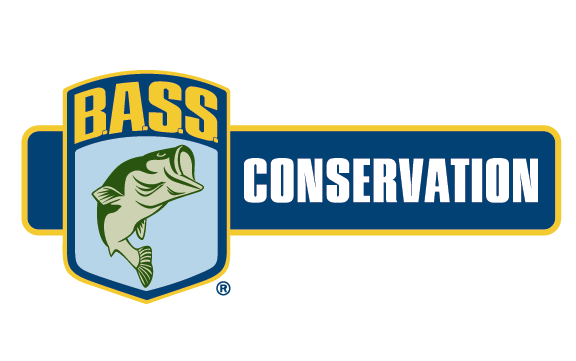
ELEPHANT BUTTE, N.M. – Now that Elephant Butte Lake finally is back in Bassmaster’s Top 25 Bass Lakes in the West, the fishing “just will keep getting better,” according to Earl Conway, conservation director for the New Mexico B.A.S.S. Nation (NMBN).
For more than five years, Conway has been spearheading a multi-pronged project, Elephant Butte Adapt-a-Cove, to return the 36,500-acre impoundment to its former glory days. The effort has included a wide range of habitat improvements, including shoreline plantings, floating wetlands and spawning platforms, as well manmade habitats and five semi-loads of Christmas trees. Other strategies implemented have been better catch-and-release care at tournaments, voluntary off-limits areas for spawning coves during May and June, and multiple stockings, with the latest coming this past fall.
Unfortunately, an improved bass population isn’t reflected in recent electrofishing surveys, Conway said. That’s because they don’t work well on deep irrigation reservoirs like Elephant Butte because fish are often on the move as water levels change frequently.
“Data from the last two years’ surveys taken while the lake level was dropping would indicate we are doing worse,” he explained. “But the pictures and angler success rates tell another story.
“What we do know is that we have a lot more young fish, either from the stocking efforts or natural spawn, and the average tournament weights continue to increase.”
Instead of complaining about not getting bites, anglers often complain now about too many “short” fish, the conservation director added.
“There is also a legitimate shot at catching that double-digit largemouth or a new state record smallmouth.”
Conway also praised the relationship that has developed between NMBN and New Mexico Game and Fish (NMGF), as well as other agencies, as they have pulled together to bring back the fishery.
“NMGF is implementing new marking techniques to decipher how well stocking is working and develop a game plan for the future,” he said, adding that it also has been studying spawning behaviors and working with the Bureau of Reclamation to minimize the impact of water releases during the spawn.
The project also has benefitted from grants provided by Friends of Reservoirs Foundation, Shimano/B.A.S.S. Youth Conservation Initiative, and, most recently, the Aquatic Ecosystems Restoration Foundation & Aquatic Plant Management Society.

Elephant Butte was built on the Rio Grande a century ago solely as a water supply reservoir for El Paso and to provide irrigation, both in the United States and Mexico. With drawdowns occurring annually for crops at about the same time bass spawned, the sport fishery somehow managed to endure for decades, mostly thanks to a good forage base.
But then several years of droughts and low water levels caused the bass population to decline precipitously.
“Elephant Butte is one of a few major reservoirs that predictably drops over 30 feet annually, providing the opportunity to reposition artificial habitat and re-grow vegetation to create a mini new lake effect each year,” Conway said. “While the irrigation hurts the spawn, it provides a different challenge for habitat restoration and angling. Change is the only constant.”
During the past two years, much of the habitat effort has focused on anchoring large juniper brushpiles, which will last for decades, and cultivating and planting native willows, which can survive being submerged as deep as 20 feet for several months and then left high and dry for the rest of the year.
“If we can get native plants to grow again on the banks – cockleburs are what the fish survive on in the spring now – it will be substantial improvement,” the conservation director said. “Vegetation will provide more cover and food for the fish than anything else we could do.”
Plans now call for NMBN to establish the willows on nearby public and private lands. Pole cuttings from those then will be planted in the fishery as lake levels drop. Additionally, volunteers will attempt to grow willows on manmade floating islands in spawning coves.
Based on its research, efforts and results, NMBN also plans to produce a planting guide to help habitat projects in other western states where the willow is native.
In summarizing, Conway said, “We can see tremendous improvements in the coves where we did the habitat projects and in the coves where nature helped out with a bumper crop of willows and tumbleweeds.
“We are throwing everything we can think of at the lake, and the fishing is getting much better without a whole lot more water or changes in water management. Reports of lots of smaller fish and heavier tournament weights are the metrics we are tracking.”






